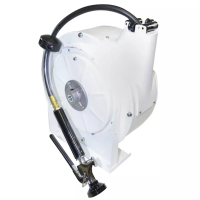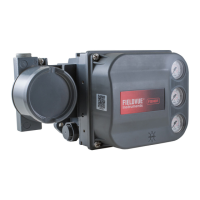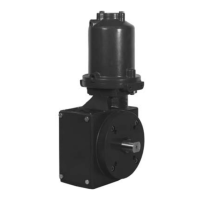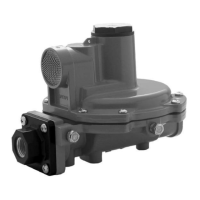[FISHEFJ
configuration 5-51
5.11.3 Modifying Gain Scheduling Dynamics
When using the Gain Scheduling function, three
reference ranges must be specified, even though
two ranges may have the same values.
FCODE 36 thru 44 contain the PID values for the three ranges, with
three values for each range.
GSrel may be one of four different signals:
1, Controller’s process value after signal processing,
2. Controller’s actual output signal (after limiting, when selected) or
the actuator feedback signal if a three-state pulse output is used.
3. Process signal or external variable received on A13.
4. Process signal or external variable received on Al4
Use FCODE 138 to indicate signal that will act as reference for gain
scheduling.
Function FCODE
Option No Default Selected
Vakle Vallle
Gain
138 Disabled 0 0
Scheduling
Output signal
1
Reference
Process value 2
(G&9
Signal is Al3
3
Signal is Al4 4
Use FCODE 144 to reset the gain scheduling. The value of this
FCODE automatically returns to 0 after either resetting the gain
scheduling of the autotuner.
1 Function 1 FCODE 1 Option
No 1 Default 1 Selected 1
V.kle Value
Reselting
144
Reset disabled 0 0
Reset Autotuner
1
Reset Gain Scheduling
2
After a gain scheduling reset, the controller once again records which
levels have been tuned, and automatically inserts values into untuned
levels. When the gain scheduling is reset, the PID values in the
parameters are not erased, and the parameters remain in the tables.
At the next tuning, the values obtained are used in the table.
It is possible to have different dynamics at different levels (See
Parameters table). To accomplish this, change FCODE 137 before
doing an Autotune function, following these steps:
May 7991
lJM6. i:DPR900:9102
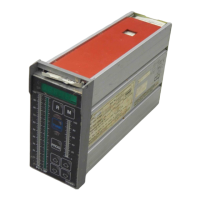
